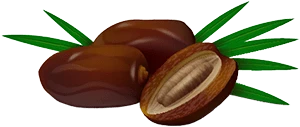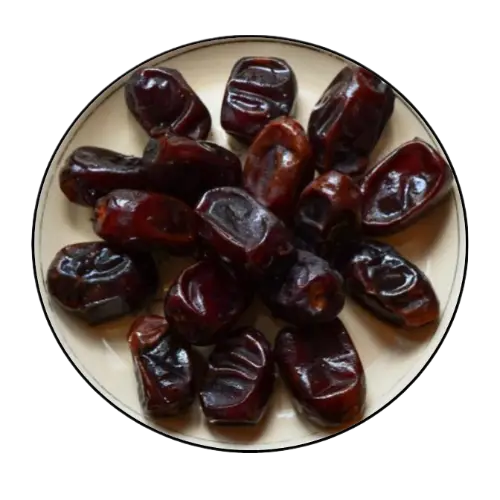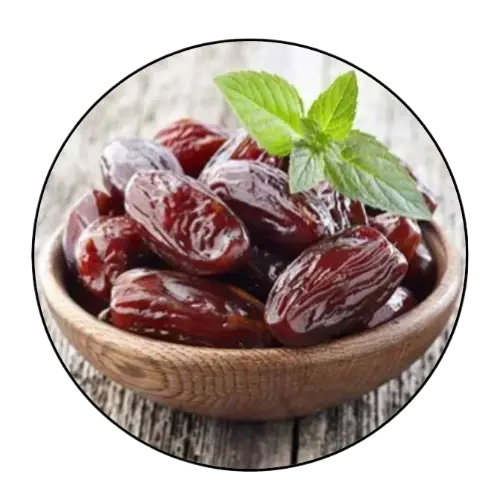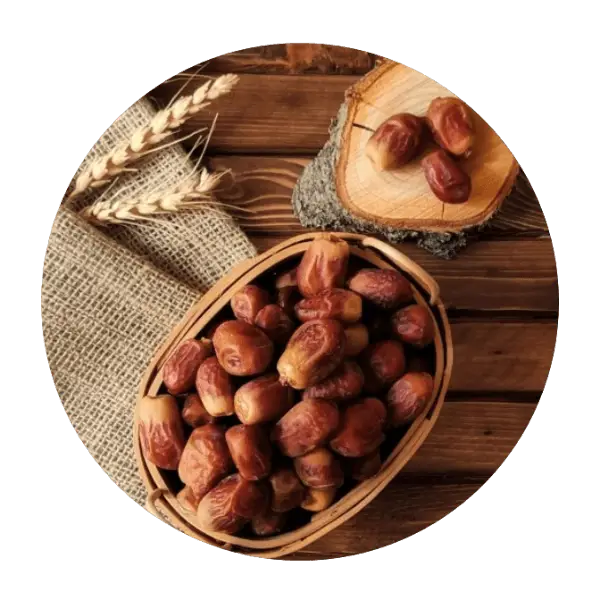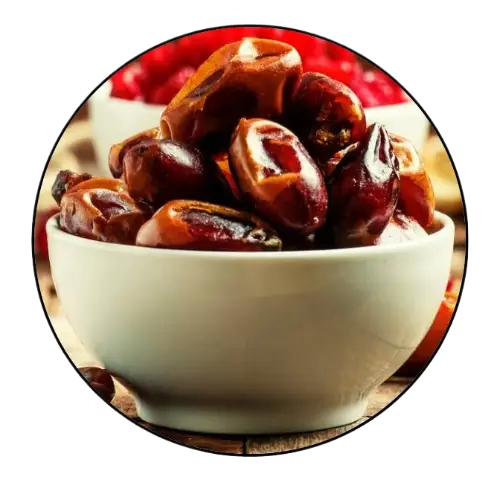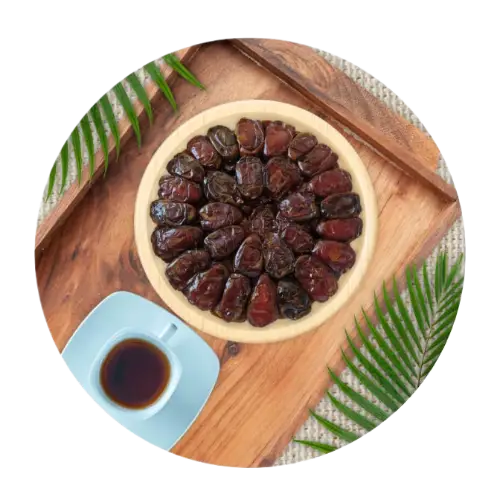Online Price and Buy Zahidi Dates | Supplier & Exporter
Want to buy Zahidi dates at great prices? AriaExport is your go to supplier and exporter, delivering top quality Zahidi dates from Iran’s warm regions like Bushehr, Khuzestan, and Fars. These semi dry dates are sweet and nutty with a firm texture, and they have less sugar only 160 calories per 100 grams. Full of fiber, potassium, and vitamins, they’re healthy and delicious. Check our prices and order now to get these long lasting dates straight to your door!
Zahidi Dates Classification:
Zahedi Dates Classification | |
Classification | The number of Piarom Dates per 1000 grams |
Large | Up to 132 pieces |
Medium | From 133 to 172 pieces |
Small | More than 172 pieces |

Zahedi Dates Technical Specifications:
Zahedi Dates Technical Specifications | |||
No. | Characteristics | Unit | Measurement Limit |
1 | Taste and Smell | - | Natural |
2 | Impurity | - | Negative |
3 | The Effect of Mold | - | Negative |
4 | Insect Damage | - | Negative |
5 | Foreign Material | - | Negative |
8 | Damaged Dates | Unit percentage | Max 0.5 |
9 | Moisture | Weight percentage | Max 17 |
10 | Sugared Dates | Unit percentage | Max 0.5 |
11 | Unripe Dates | Unit percentage | Max 1 |
13 | Bad Color | Unit percentage | Max 0.5 |
14 | Bad Shape | Unit percentage | Max 0.5 |
16 | Mixed Type | Unit percentage | Max 1 |

Microbiology:
Microbiology of Zahedi Dates | ||
No. | Characteristics | Measurement Limit (CFU/g) |
1 | Total count of Microorganisms | 2*103 |
2 | Coliforms | 10 |
3 | Mold | 2*102 |
4 | Yeast | 2*102 |
5 | Escherichia coli | Negative |
6 | Enterococcus | Negative |
Packaging Information:
No. | Product Name | Package Type | Net weight of each package (kg) | Container Type | Number of packages per container | Net weight per container (kg) |
1 | Zahedi Dates | Carton | 5 | 20 FT | 2,200 | 11,000 |
2 | Zahedi Dates | Carton | 5 | 40 FT | 4,400 | 22,000 |
3 | Zahedi Dates | Carton | 10 | 20 FT | 1,100 | 11,000 |
4 | Zahedi Dates | Carton | 10 | 40 FT | 2,200 | 22,000 |
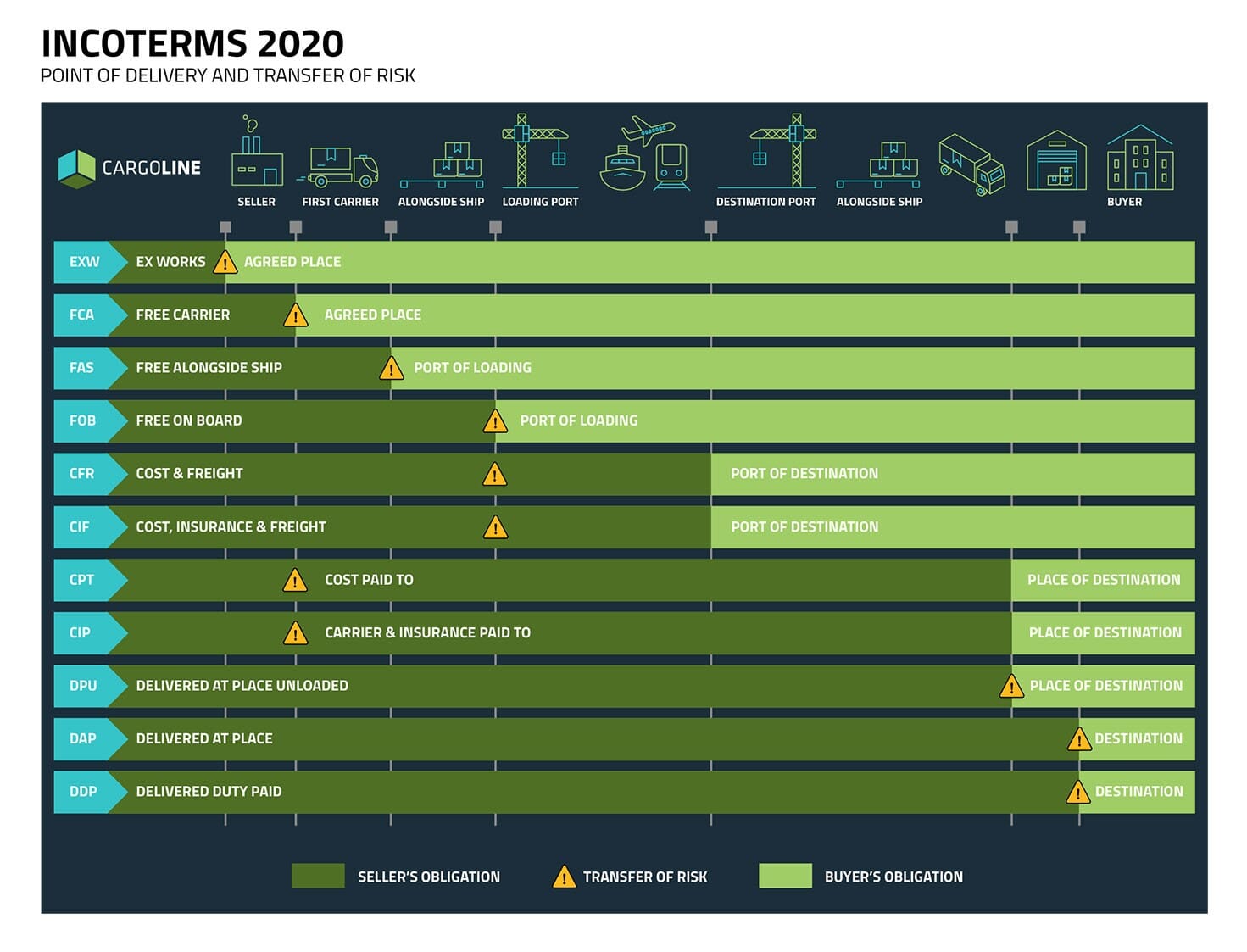
Storage Conditions: Zahedi Dates should be stored in a dry and cool place. The suitable storage temperature for storing Zahedi Dates is between 0 and 3 degrees Celsius. If stored in proper conditions, it can be stored for 12 months.
Certifications:
- Iran National Standards Organization
- Iran Plant Protection Organization
- Standard of Good Agricultural Practices
- Organic Agricultural Products Certification
- physical, chemical and microbial analyzes from the most reliable laboratories
- HACCP
- ISO
- FSSC
- IFS
- SGS
- BRC
Pesticide Residues:
The residual amount of pesticides should be according to the national standard of Iran No. 13118.
Maximum Limit of Heavy Metals:
Product Name | Maximum Tolerance of Heavy Metals (mg/kg) | ||||
Lead (Pb) | Cadmium (Cd) | Mercury (Hg) | Arsenic (As) | Tin (Sn) | |
Zahedi Dates | 0.1 | - | - | - | - |
Further Details 1
Microbiology, pesticide residues and maximum heavy metals tests for Zahedi Dates can be performed at the request of the buyer or the country of destination.
AriaExport: Supplier and Exporter of Zahidi Dates

Need Zahidi dates? AriaExport supplies and exports high quality Zahidi dates from Iran’s warm areas like Bushehr, Khuzestan, and Fars. Check prices and order today from AriaExport to get fresh dates delivered fast!
If you need more information about zahedi dates, Check this: “what are zahidi dates?”
| Serving Size | 100g |
|---|---|
| Calories | 264 |
| Total Fat 0.4g | 1% |
| Sodium 2mg | 0% |
| Total Carbohydrate 75g | 27% |
| Dietary Fiber 8g | 29% |
| Protein 2.5g | 5% |
| Vitamin C 0mg | 0% |
| Vitamin D 0mcg | 0% |
| Iron 1mg | 6% |
| Calcium 39mg | 3% |
| Potassium 656mg | 14% |
